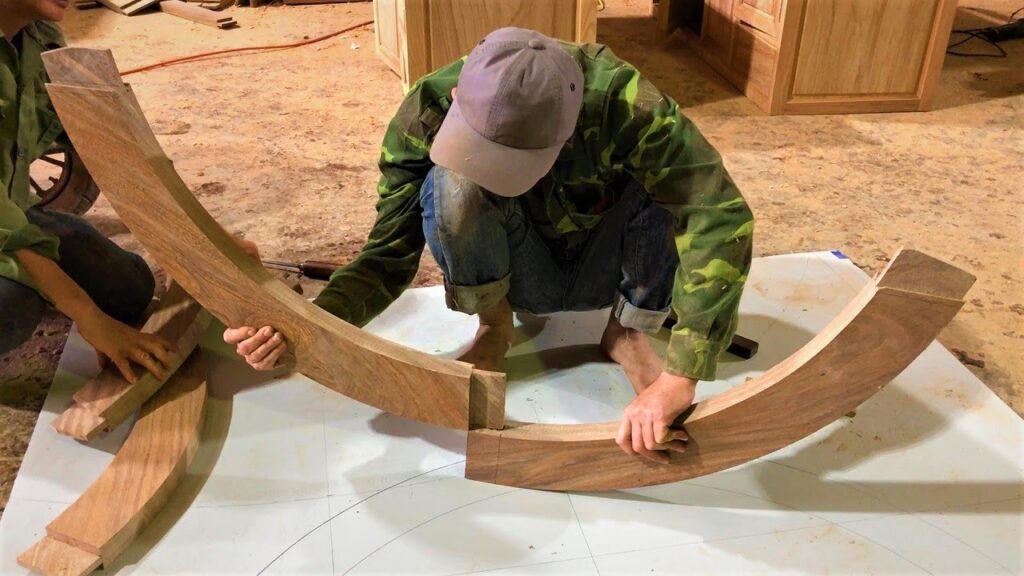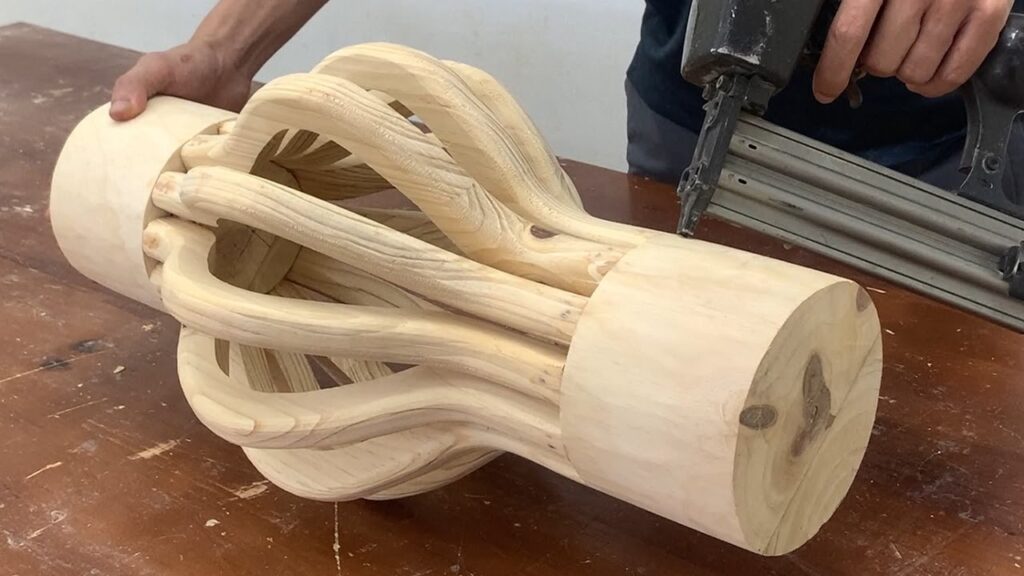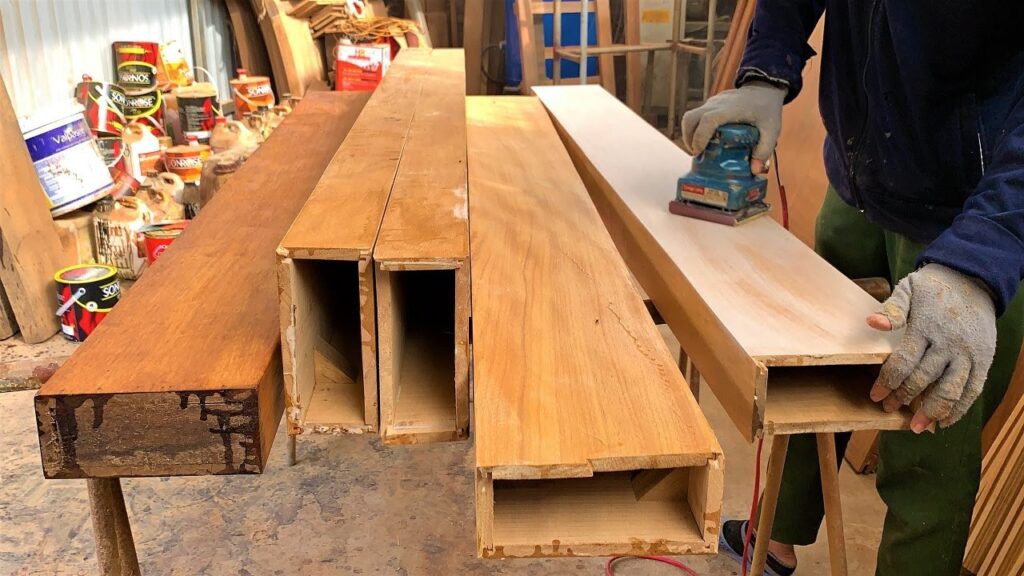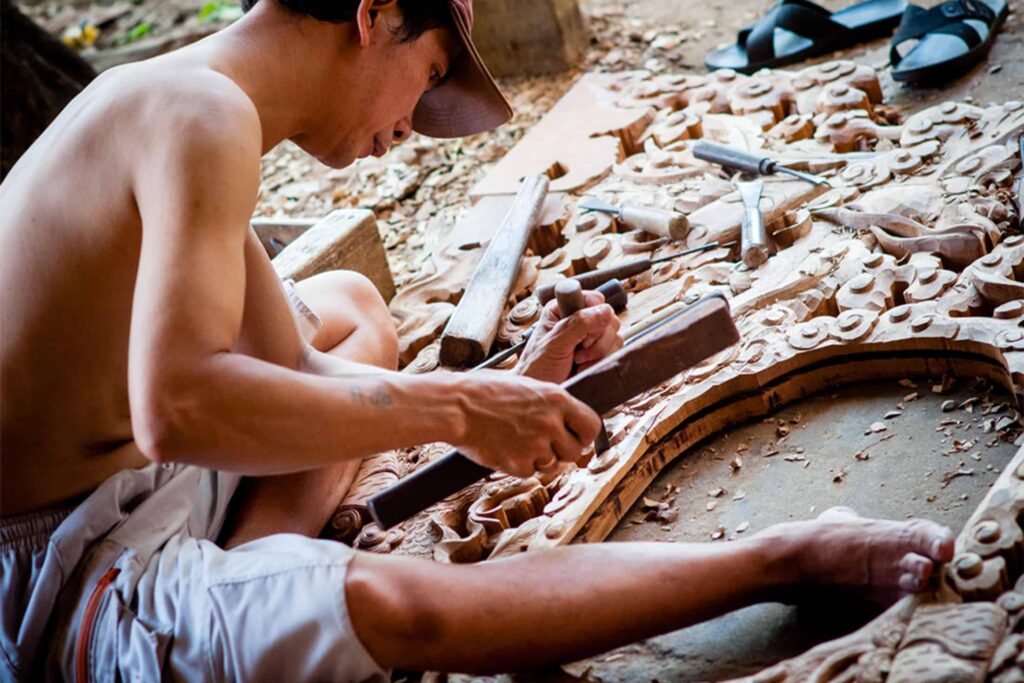Carpentry is an ancient craft that has been passed down through generations, with each culture adding its unique touch to the art form. In Vietnam, carpentry has a rich history and is deeply intertwined with the country’s cultural heritage. Vietnamese carpenters are renowned for their exceptional skill and attention to detail, creating intricate wooden masterpieces that reflect the essence of the nation’s craftsmanship. In this article, we will explore the skillful carpentry techniques of Vietnamese carpenters and the cultural significance of their craft.
A Legacy of Tradition
Carpentry in Vietnam traces its roots back to ancient times, where skilled artisans crafted wooden structures, furniture, and intricate decorations for temples, palaces, and traditional houses. Over the centuries, carpenters perfected their techniques, blending age-old traditions with artistic innovations.
The craft of carpentry in Vietnam is not merely a profession; it is a way of life. Carpentry skills are often passed down through families, with young apprentices learning from experienced masters. The knowledge and techniques are transmitted orally and through hands-on training, ensuring that the legacy of carpentry endures through generations.

Intricate Joinery and Woodworking Techniques
Vietnamese carpenters are revered for their mastery of intricate joinery and woodworking techniques. One of the most remarkable aspects of their craft is their ability to create elaborate connections and joints without the use of nails or screws. Instead, they rely on precise measurements, skilled cutting, and fitting to achieve seamless and robust structures.
Among the notable carpentry techniques employed by Vietnamese artisans are:
Mortise and Tenon Joints
This classic carpentry joint involves the insertion of a projecting tenon from one piece of wood into a corresponding hole (mortise) in another piece, creating a secure and visually appealing connection.
Dovetail Joints
Often used in furniture making, dovetail joints are characterized by their wedge-shaped interlocking edges, providing exceptional strength and durability.
Wood Carving
Vietnamese carpenters are celebrated for their wood carving skills. They intricately carve wood into various shapes and patterns, creating beautiful decorative elements for furniture, temples, and houses.
Lacquer Art
Lacquerware is a unique technique where layers of lacquer are applied to wooden surfaces, resulting in a glossy and highly decorative finish. This art form is particularly prominent in Vietnam’s traditional craft industry.

Cultural Significance and Symbolism
Carpentry in Vietnam holds significant cultural symbolism, representing the country’s values of harmony, balance, and connection with nature. Traditional Vietnamese houses, with their wooden frames and intricate carvings, embody these cultural ideals. Carpentry has also played a crucial role in constructing pagodas, temples, and ancestral houses, reflecting the spiritual beliefs and respect for ancestors deeply ingrained in Vietnamese culture.
Moreover, carpentry is interwoven with Vietnamese festivals and rituals, with carpenters crafting elaborate wooden decorations and altars for ceremonies and celebrations. The cultural significance of carpentry in Vietnam extends beyond functional aspects; it is a medium of artistic expression and storytelling.
Preserving the Craft
While Vietnamese carpentry techniques have withstood the test of time, there are challenges in preserving this ancient craft in the modern world. Rapid urbanization, changes in architectural preferences, and the rise of modern construction materials pose threats to traditional carpentry.
However, efforts to preserve and promote traditional carpentry are underway. Organizations and artisans are working together to pass on the knowledge to the younger generation through apprenticeships and educational programs. Cultural heritage projects and initiatives in carpentry villages are also gaining recognition and support, ensuring that this unique craft continues to thrive.
Conclusion
Vietnamese carpenters are the custodians of a remarkable tradition that embodies the nation’s rich cultural heritage. Their skillful techniques, intricate joinery, and artistic craftsmanship have shaped the architectural landscape and cultural identity of Vietnam. As the world advances, it is vital to cherish and preserve the timeless art of Vietnamese carpentry, ensuring that the legacy of this exceptional craft lives on for generations to come.


